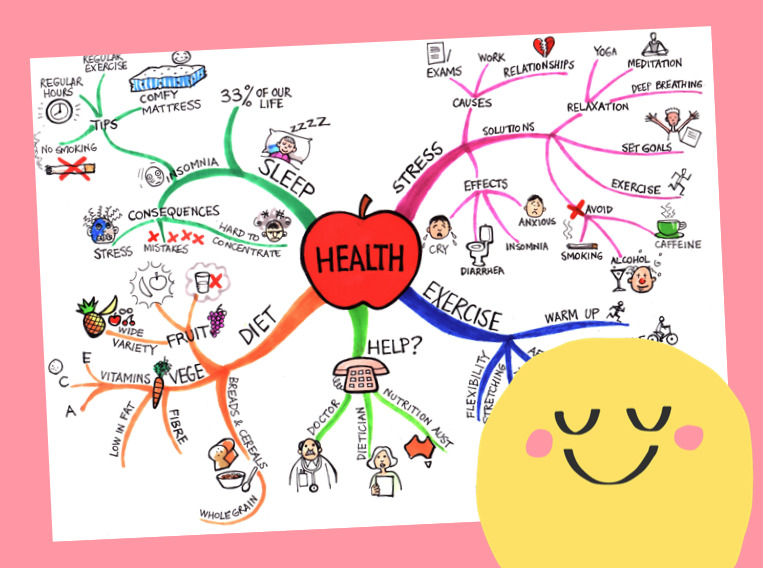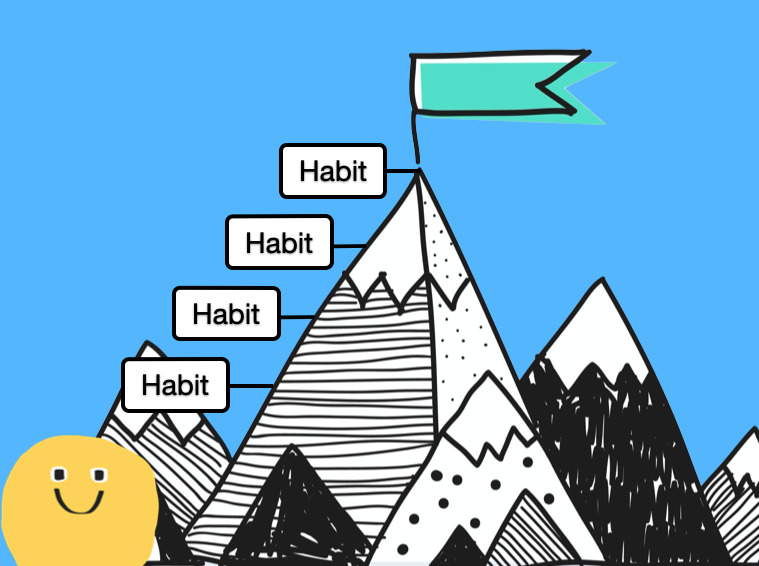Developing a mind mapping practice

Many people find it hard to sit down and start mind mapping.
When you start using this strategy, it can feel clunky and awkward. It requires some mental effort to get going.
Why can it feel hard to start mind mapping?
Because it isn’t a habit (not yet, anyway). But once mind mapping […]



